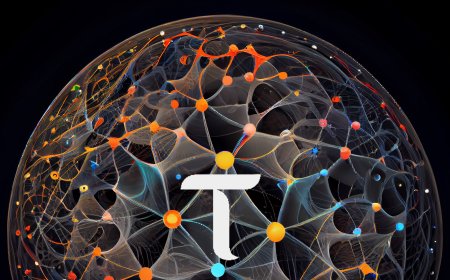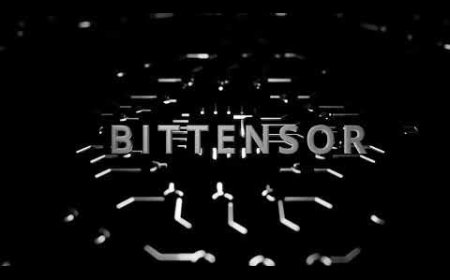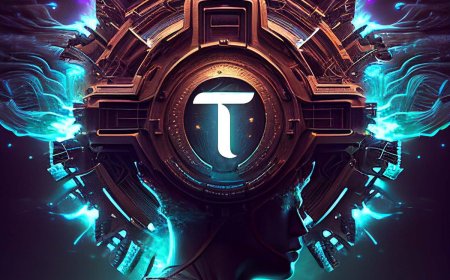Bittensor's Dynamic TAO: Balancing Innovation and Stability in Subnet Tokenomics
Bittensor, the pioneering decentralized AI network, is on the cusp of a significant evolution with the upcoming implementation of dynamic TAO. This new system aims to revolutionize subnet tokenomics, balancing the need for innovation with the stability required for long-term growth
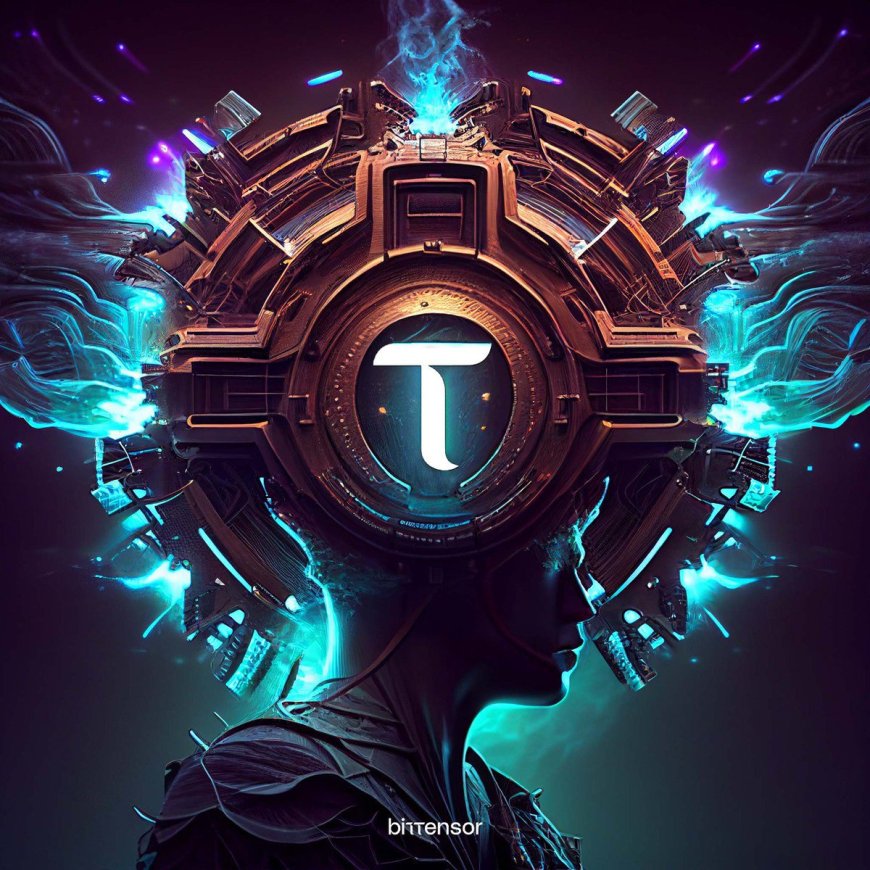
In this comprehensive overview, we'll explore the key aspects of dynamic TAO, its potential impact on the Bittensor ecosystem, and the ongoing discussions shaping its development.
Understanding Dynamic TAO
Dynamic TAO represents a shift from the current static emission system to a more flexible, market-driven approach for subnet token distribution. The primary goals of this new system include:
- Creating a more balanced and responsive mechanism for subnet emissions
- Providing consistency and assurance for subnet owners
- Preventing the formation of "cancerous" subnets by tying ownership distribution closely to stake distribution
- Introducing risk-based decision-making for manipulating emission flow
The core of dynamic TAO revolves around a proposed 18% allocation for subnet owners, which aims to provide greater certainty for long-term planning and development. This allocation, however, is just one piece of a complex puzzle that includes considerations for validators, miners, and the broader Bittensor community.
The Subnet Owner's Dilemma
One of the central debates surrounding dynamic TAO is how to balance the needs of subnet owners with the desire for true decentralization. Subnet owners, who invest significant time and resources into developing and maintaining their networks, require a level of certainty to build teams and fund ongoing development. However, there's also a push to ensure that subnets don't become overly centralized or controlled by a single entity.
Fox, a prominent voice in the Bittensor community, highlighted the practical concerns of subnet owners: "At the end of the month, I have to pay salaries. We need to consider the economics of what types of commodities, communities, products, and software we want to build on Bittensor."
This sentiment underscores the need for a system that provides stability while still encouraging innovation and decentralization.
Proposed Models and Their Implications
Several models have been proposed to address the subnet owner's dilemma:
- Fixed 18% Allocation: This straightforward approach would give subnet owners a consistent 18% of emissions for a set period (e.g., 6 months to a year). After this period, the allocation could potentially shift to a more decentralized model.
- Call Options: An innovative suggestion involves giving subnet owners call options instead of direct emissions. This would allow them to buy their own subnet tokens at favorable rates over time, incentivizing long-term value creation.
- Gradual Decrease: Some have proposed starting with an 18% allocation that gradually decreases over time, encouraging subnet owners to develop sustainable business models.
- Customizable Allocation: This model would allow subnet owners to set their own allocation percentages within certain bounds, potentially attracting different types of projects and innovations.
Each of these models comes with its own set of advantages and challenges. The fixed 18% allocation, for instance, provides the most stability but may not be flexible enough for all types of projects. The call options model introduces interesting incentives but adds complexity that some fear could be a barrier to entry for smaller teams or less technically savvy participants.
The Role of Validators and Miners
While much of the discussion has centered on subnet owners, the roles of validators and miners in the dynamic TAO system are equally crucial. These participants form the backbone of the Bittensor network, providing the computational power and security necessary for its operation.
Currently, validators and miners each receive 41% of subnet emissions. Some participants have suggested that these percentages should also be adjustable, allowing for more tailored incentive structures for different types of subnets. However, this additional flexibility comes with the risk of increased complexity and potential gaming of the system.
Fish, a respected member of the community, emphasized the importance of considering miner economics: "We need some really strong minor voices in here... these guys who actually are producing these commodities subnet owners are defining, and what do their economics feel like?"
Governance and Decentralization
A key aspect of dynamic TAO is its potential to evolve subnets into more decentralized, DAO-like structures over time. This raises important questions about governance and decision-making within the Bittensor ecosystem.
Some participants have suggested implementing voting mechanisms that allow token holders to have a say in subnet operations and emission distribution. However, as one community member pointed out, "The point that people brought up immediately was that nobody votes in DAOs, which is absolutely the biggest problem."
This highlights the need for innovative governance models that encourage active participation while maintaining efficient decision-making processes.
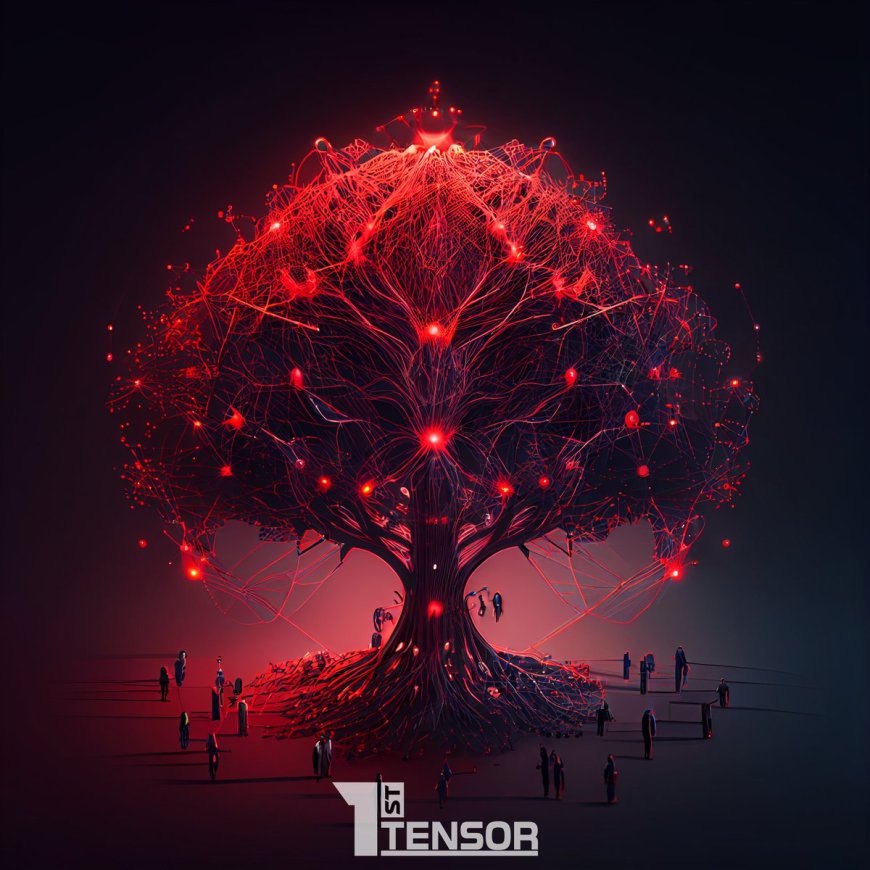
Balancing Complexity and Accessibility
Throughout the discussions, a recurring theme has been the need to balance the complexity of the dynamic TAO system with accessibility for new participants. As one community member noted, "If things are too complex, it's really going to limit that accessibility to people who are really intelligent but may not have the resources necessary to manage that larger complexity of the ecosystem."
This concern is particularly relevant given Bittensor's goal of democratizing AI development. The system needs to be sophisticated enough to prevent exploitation but simple enough that a wide range of participants can engage meaningfully.
The Path Forward: Simulations and Iterative Development
The Bittensor team has committed to an iterative approach in developing and implementing dynamic TAO. This includes running multiple simulations and test networks to gather data and refine the system.
Con, a key figure in the project, emphasized the importance of this process: "We're going to do it again so for those of you guys that didn't participate in the previous [test], make sure you do in the next and we'll add complexity to it so that people can test things out and we can get some more feedback going forward."
This approach allows for careful consideration of various scenarios and edge cases before full implementation on the main network.
Key Considerations for Future Development
As the Bittensor community continues to refine the dynamic TAO concept, several key considerations have emerged:
- Predictability vs. Flexibility: Finding the right balance between providing stable, predictable rewards for subnet owners and maintaining the flexibility to adapt to changing market conditions.
- Incentive Alignment: Ensuring that the reward structure encourages behavior that benefits the network as a whole, rather than creating opportunities for exploitation.
- Scalability: Designing a system that can accommodate the growth of the Bittensor network and the increasing diversity of subnet types and use cases.
- Accessibility: Maintaining a level of simplicity that allows new participants to join and contribute to the ecosystem without being overwhelmed by complexity.
- Long-term Sustainability: Considering how the dynamic TAO system will evolve over time and what mechanisms might be needed to ensure its continued effectiveness.
Conclusion: A Collaborative Approach to Innovation
The development of dynamic TAO represents a critical juncture in Bittensor's evolution. By actively engaging the community in discussions and simulations, the project is taking a collaborative approach to solving complex tokenomic challenges.
As the ecosystem continues to grow and mature, the implementation of dynamic TAO has the potential to unlock new levels of innovation and value creation in the decentralized AI space. However, its success will ultimately depend on finding the right balance between the needs of various stakeholders and the overarching goals of the network.
The ongoing dialogue and iterative testing process demonstrate Bittensor's commitment to thoughtful, community-driven development. As one participant aptly put it, "We're somewhere between now and then for sure." This journey of refinement and optimization promises to shape the future of not just Bittensor, but potentially the broader landscape of decentralized AI networks.
As the Bittensor community continues to grapple with these complex issues, one thing is clear: the path to truly decentralized, market-driven AI development is being forged through open discussion, rigorous testing, and a shared commitment to pushing the boundaries of what's possible in the world of blockchain and artificial intelligence.
Source : @Opentensor Foundation

